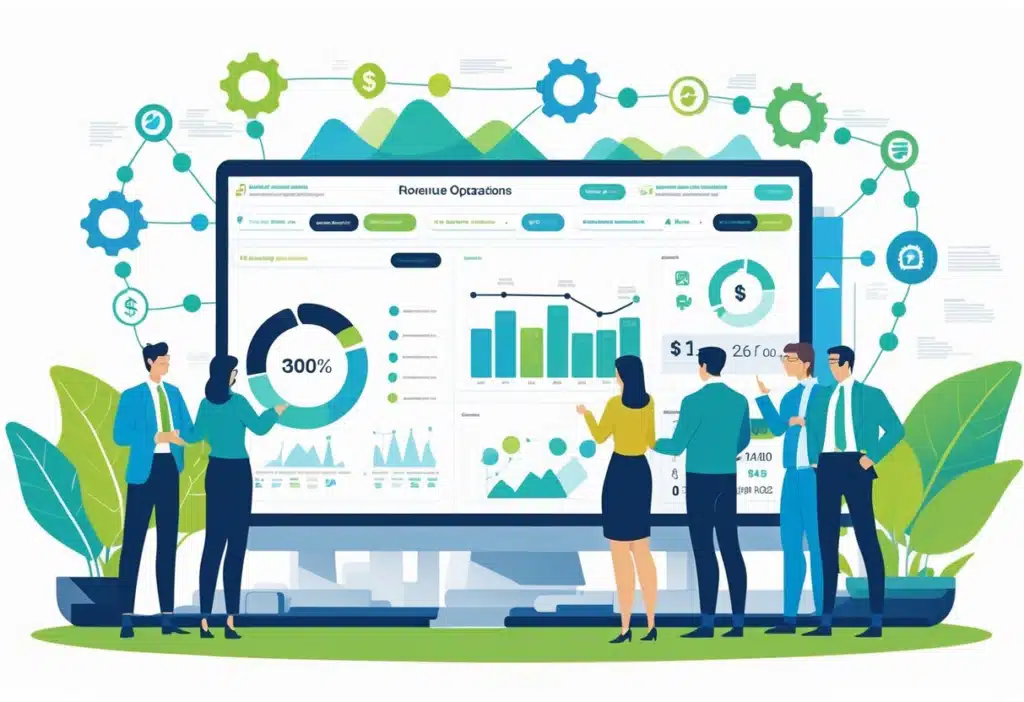
Understanding CMMC Level 2 requirements is not just about meeting a checklist—it’s about ensuring real security for sensitive information. While some organizations believe they can simply adopt basic protections, the technical details within the framework demand far more attention. Each requirement plays a role in safeguarding data, and ignoring the complexities can lead to compliance failures and security risks.
Access Control
Restricting access to critical systems is one of the fundamental principles of CMMC compliance requirements. The CMMC Level 2 requirements demand strict controls on who can view, modify, and interact with sensitive data. Companies must go beyond assigning simple usernames and passwords by implementing multi-factor authentication, role-based access, and least-privilege policies. Without proper access management, organizations risk exposing controlled unclassified information (CUI) to unauthorized users, making them vulnerable to data breaches.
A well-defined access control policy must outline how users are granted permissions, monitored, and removed when they no longer need access. This is where CMMC assessment preparation becomes essential—auditors will look for evidence that access restrictions are consistently enforced. Logging and reviewing user activities help detect suspicious behavior before it becomes a threat. Businesses that fail to implement strong access control measures could face compliance failures that put contracts and security at risk.
Audit and Accountability
Logging security events is not just a requirement—it’s a critical defense against cyber threats. CMMC Level 2 requirements emphasize the need for audit logs that track system activities, unauthorized access attempts, and security incidents. These logs provide a historical record that can be used to investigate breaches, verify compliance, and improve security policies. If an organization cannot produce detailed audit logs, it becomes nearly impossible to identify security gaps or respond effectively to incidents.
Audit logs must be reviewed regularly to detect anomalies. Simply storing logs is not enough; organizations must have processes in place to analyze and respond to suspicious activity. Many businesses underestimate how much time and effort this requires, often failing to designate staff or implement automated monitoring tools. CMMC assessment auditors will expect clear documentation proving that audit logs are reviewed, stored securely, and used to enhance security measures over time.
Identification and Authentication
Proving that users and systems are who they claim to be is one of the most critical CMMC compliance requirements. Weak authentication methods make it easy for attackers to impersonate employees, gaining access to sensitive systems and data. CMMC Level 2 requirements demand strong authentication measures, including multi-factor authentication, secure password policies, and the ability to track failed login attempts.
The biggest mistake businesses make is assuming that a simple password policy is enough. Attackers use automated tools to crack weak passwords in minutes, making multi-factor authentication essential for securing systems. A proper identification and authentication system should also include mechanisms for disabling inactive accounts and ensuring that temporary access permissions expire automatically. CMMC assessment auditors will expect to see detailed documentation proving that authentication processes are strictly enforced across all critical systems.
Configuration Management
Poorly configured systems create security gaps that attackers exploit. CMMC Level 2 requirements emphasize the need for strict configuration management, ensuring that security settings are correctly applied and maintained. This includes managing software updates, disabling unnecessary features, and enforcing standardized security settings across all devices and networks.
A configuration management plan must document how system settings are reviewed, updated, and enforced. Organizations often struggle with this aspect of CMMC compliance because configurations can drift over time, leading to vulnerabilities. Regular security assessments and automated configuration checks can help identify misconfigurations before they lead to security incidents. During a CMMC assessment, auditors will look for detailed records showing that configuration changes are tracked, approved, and implemented consistently.
Incident Response
No security system is perfect, which is why CMMC Level 2 requirements mandate a structured approach to handling security incidents. Businesses must have a clear incident response plan that outlines how to detect, contain, and recover from cyber threats. A well-prepared response can mean the difference between a minor disruption and a catastrophic data breach.
Incident response teams should have predefined roles and responsibilities, ensuring that employees know exactly what to do when an attack occurs. The plan must include procedures for reporting incidents, assessing damage, and restoring systems to normal operations. Organizations must also conduct regular incident response drills to test their readiness. CMMC assessment auditors will expect to see evidence that these drills are performed and that lessons learned are used to improve the response process.
System and Communications Protection
Securing data in transit and at rest is a critical part of CMMC Level 2 requirements. Encryption, secure communication protocols, and network segmentation are essential to protecting sensitive information from unauthorized access. Organizations must ensure that all communication channels—whether email, file transfers, or remote access—are protected against eavesdropping and interception.
Network security measures, such as firewalls and intrusion detection systems, must be properly configured to prevent unauthorized access. Many businesses focus on external threats but overlook internal security measures, leaving gaps that can be exploited. A comprehensive approach to system and communications protection includes continuous monitoring, regular vulnerability assessments, and strict access controls. CMMC assessment auditors will require proof that these protections are in place and functioning as intended.



